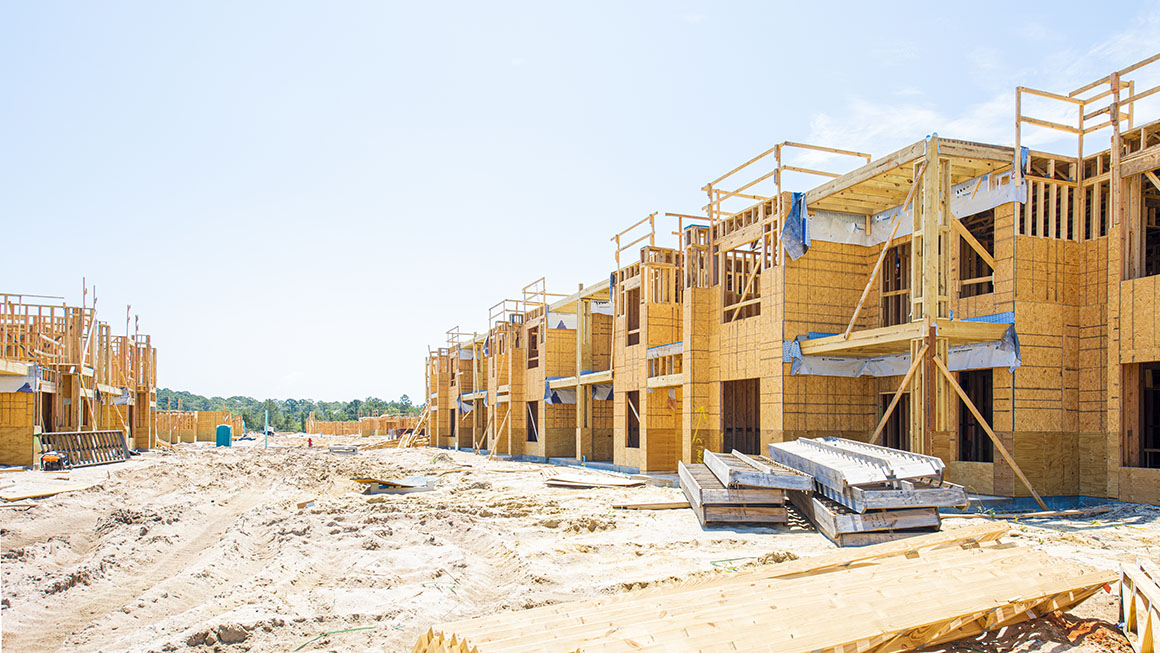
As the affordable housing shortage has worsened in recent years, more local and state policymakers are considering zoning reforms to help increase their communities’ housing supply.
These reforms—known as upzoning—include actions like expanding permitted housing types, providing height and density bonuses for affordable units, allowing accessory dwelling units (ADUs), reducing minimum lot sizes, and eliminating mandatory parking minimums. By allowing municipalities to develop more housing units in more areas, upzoning reduces the cost of development and can help communities offer a wider range of housing options.
Researchers at both the University of California, Berkeley, and the Urban Institute have documented recent zoning reforms. In our work, we inventoried almost 300 prohousing policies across the US supported by Habitat for Humanity’s Cost of Home campaign, including 59 policies related to zoning changes.
Though these reforms can help address the affordable housing crisis, will they improve access to affordable housing for all? What other policies are needed to advance equitable access to housing?
At a recent Urban Institute event, a panel of researchers, practitioners, and policymakers explored these questions. Their conversation highlighted how throughout the 20th century, zoning was used as a tool to segregate communities of color in the US through redlining, racial covenants, and other discriminatory practices. To help ensure zoning code reforms promote equitable access to housing, the panelists suggested municipalities consider and address the past and present-day legacies of racist zoning policies.
Drawing on their discussion, we highlight three ways municipalities can embed racial equity into their zoning reforms.
Understand and acknowledge past racist zoning policies. In November 2023, Alexandria, Virginia, approved a comprehensive package of zoning code reforms aimed at increasing housing supply called Zoning for Housing. The package legalized townhouses and fourplexes throughout the city, among other reforms.
As part of the three-year planning process that led to these reforms, the city made a deliberate effort to “explore and understand the extent of past discriminatory housing policies and their continued impact.” This included identifying and mapping 20th-century deeds with race-based restrictions (PDF), known as racial covenants. The project also documented how aesthetic zoning—or rules intended to preserve the appearance of an area—was used to segregate Black families and, intentionally or not, prevent them from building wealth through housing equity or commercial activity.
By understanding how past discriminatory policies have affected current housing trends and inequities, municipalities can consider how future reforms could help correct historical harms.
- Limit the disruptions upzoning can create, particularly in low-income communities, and provide protections for existing residents. In December 2023, Charlottesville, Virginia, approved a new zoning ordinance that allowed up to three units of housing in lots previously zoned for single-family units, except in what the city called “historically low-income communities.” Because more affordable land tends to be the fastest to get redeveloped, upzoning often concentrates neighborhood change in historically marginalized communities. Charlottesville’s new zoning code allows for denser housing in historically low-income communities only if the original unit in the lot is maintained or the additional units are affordable. As a new approach, monitoring and research will be needed to understand whether these reforms help advance housing equity in the city.
Pair upzoning with antidisplacement policies. The relationship between upzoning and housing prices in the short term is not straightforward. Studies of upzoning in Chicago and Minneapolis suggest it could increase the value of vacant land or single-family homes because of how new regulations influence property owners’ decisionmaking. That said, evidence from a cross-city study suggests cities that downzone, or decrease the permitted housing density, see an increase in median rents.
To protect against upzoning’s potential negative effects, policymakers and advocates can consider pairing upzoning with antidisplacement policies that protect residents from being priced out. These policies can include direct rental assistance to affected tenants, eviction prevention, preservation of older housing stock, and housing vouchers, including housing choice vouchers from the US Department of Housing and Urban Development. For example, in 2021, Washington state passed legislation that provided legal counsel to tenants in eviction proceedings and established just cause eviction protections, which require landlords seeking to evict a tenant to provide an acceptable reason for the eviction. Though this legislation was not a direct response to upzoning, these kinds of policies can improve housing stability, particularly for renters with low incomes. Municipalities could also consider other antidisplacement measures, such as tenant right of first refusal laws, housing trust funds, and community land trusts.
Fostering more equitable zoning processes
Given how zoning policies have harmed communities of color, municipalities should consider how zoning reforms can promote stability in historically marginalized communities.
But advocates will need to focus not only on the what but also the how, as advancing more equitable zoning policies requires more inclusive, equitable community engagement. The process of planning and passing zoning reforms requires strong and diverse coalitions, effective storytelling from those who have benefited from zoning reform, and planning professionals committed to diversity and inclusion.
Let’s build a future where everyone, everywhere has the opportunity and power to thrive
Urban is more determined than ever to partner with changemakers to unlock opportunities that give people across the country a fair shot at reaching their fullest potential. Invest in Urban to power this type of work.